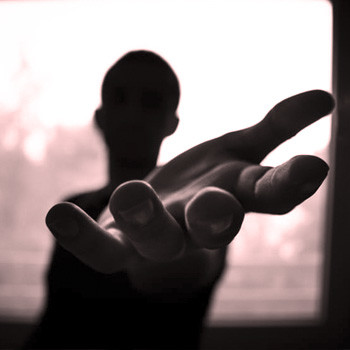

These experiences of discrimination can be understood as distal or external minority stressors, which include societal prejudice and stigmatizing experiences (experienced stigma) and proximal or internal minority stressors such as the degree to which one's minority status is known (outness) and internalization of negative societal attitudes (internalized stigma) ( Goffman, 1963 Herek, Gillis, & Cogan, 2009 Hatzenbuehler, 2009 Meyer, 2003). ( Herek, 2010 Hatzenbuehler, McLaughlin, Keyes, & Hasin, 2010 Wight, LeBlanc & Badgett, 2013). Lesbian, gay, bisexual and transgender (LGBT) populations experience multiple forms of discrimination at internalized, interpersonal, and systemic levels in U.S.


We anticipate that these relationships may also exist within other countries that have similar sociocultural emphases on opposite-gender relationships and monogamy (e.g., Canada, UK, European countries) and may not within other countries, wherein bisexuality is more accepted ( Fox, 2000). Given the location of our study, the review of published work focuses on U.S. The current study focuses on the mediating roles of bisexual-specific minority stressors on differences in depression and alcohol use across intimate relationship status among bisexual women residing in the United States (U.S.). These results suggest that experiences of discrimination may underlie differences in health related to bisexual women's relationship structure and highlight the importance of evaluating women's relational context as well as sexual identification in understanding health risk behaviors. Differences in outcomes emerged by partner number and partner number/gender (H3) these differences were mediated by experienced bi-negativity (H4).

Experienced and internalized bi-negativity were associated with health outcomes, but not outness (H2). Women with single male partners and women with multiple male and female partners exhibited elevated experienced bi-negativity and differences in outness (H1). Second, women were grouped by partner gender/number (single female/male partner: n = 338 women with multiple female and male partners: n=132). Respondents with single partners were first grouped by partner gender (male partner: n=282 female partner: n=56). Participants completed a 45 minute survey. Participants included 470 self-identified bisexual women (65% Caucasian, mean age: 21) from a sample of sexual minority women recruited from different geographic regions in the United States through advertisements on social networking sites and Craigslist. The current study tested four hypotheses: 1) minority stressors vary by current intimate relationship status 2) higher minority stressors are associated with higher depressive symptoms and alcohol-related outcomes 3) depressive symptoms and alcohol-related outcomes vary by current intimate relationship status and 4) minority stressors will mediate differences in these outcomes. Current intimate relationship characteristics, including gender and number of partner(s), may affect one's visibility as a bisexual individual and the minority stressors they experience, which may in turn influence their health.


 0 kommentar(er)
0 kommentar(er)
